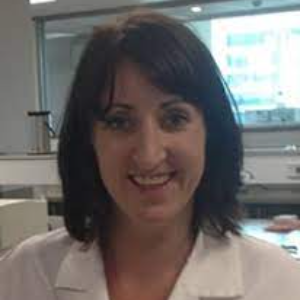Title : Engineering endosomal escape using pHlexi particles
Abstract:
The design of ‘smart’ delivery systems with tunable response to their environment is important for developing new therapies, as they allow efficient and controlled therapeutic release to a specific target site. Self-assembled polymeric carriers have generated significant interest for such applications due to their simple and versatile synthesis. However, such carriers are still limited by inefficient delivery to target regions within the cell, therefore central to improving the efficacy of such carriers is the ability to control their cellular trafficking. A key bottleneck in cellular delivery is escape of the polymeric carrier from acidic, cellular compartments (lysosomes/endosomes) into the cytoplasm, referred to as endosomal escape. These compartments have lower pH then the blood stream thus this pH variation can be used to induce carrier disassembly and release of functional cargo. PH responsive materials have also shown potential for endosomal escape. One interesting pH responsive polymer is poly(2- (diethylamino)ethyl methacrylate) (PDEAEMA) as it undergoes a transition from hydrophobic to hydrophilic within a relevant pH range. In this presentation new pH responsive PDEAEMA (pHlexi) particles will be reported and their properties engineered to tune endosomal escape properties. PDEAEMA particles (pHlexi particles) are interesting model delivery systems as they are simple and modular with rapid pH disassembly. Our work has demonstrated these particles undergo endosomal escape and these escape properties can be tuned by the molecular weight of the polymer building blocks, with a decrease in escape when the polymer Mn was decreased. In addition, the disassembly pH of the pHlexi particles could be tuned by adding additional monomers. It was found disassembly pH showed a direct relationship with endosomal escape percentage, it decreased from 90% to 0% as the pH of disassembly decreased. The responsive and modular nature of these materials provides new insights into the design of nanoengineered materials for application in drug and gene delivery.
Takeaway Notes:
•Explain the challenges of engineering endosomal escape of polymer carriers.
•Demonstrate the simple and versatile synthesis of pH responsive nanoparticles.
•Show how endosomal escape can be engineered by changing molecular weight of carrier.
•Show how endosomal escape can be engineered by changing composition of polymer building blocks. This talk provides important insights into how particle engineering can play a significant role in cellular trafficking, factors that should be considered for applications that require delivery of biological therapeutics.



